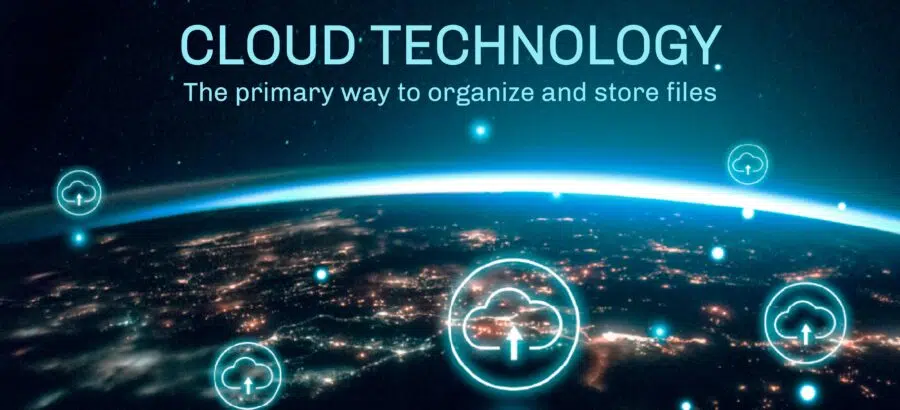No digital transformation strategy is complete without cloud migration. Indeed, many organizations now kickstart their digitization efforts by setting up operations in the cloud. This may involve moving email operations to the cloud or even adopting cloud-based software development tools.
Why? Because cloud computing is efficient and cost-effective. Moving your operations to the cloud means your entire team can access valuable files and other work resources anytime, anywhere. This boosts collaboration and enables remote work.
Additionally, cloud computing enables two things critical to successful digital transformation – scalability, and integration.
Successful digital integration requires enough “bandwidth” to expand or shrink operations on a need basis. More importantly, you need third-party integrations to achieve your goals.
Read Also:





